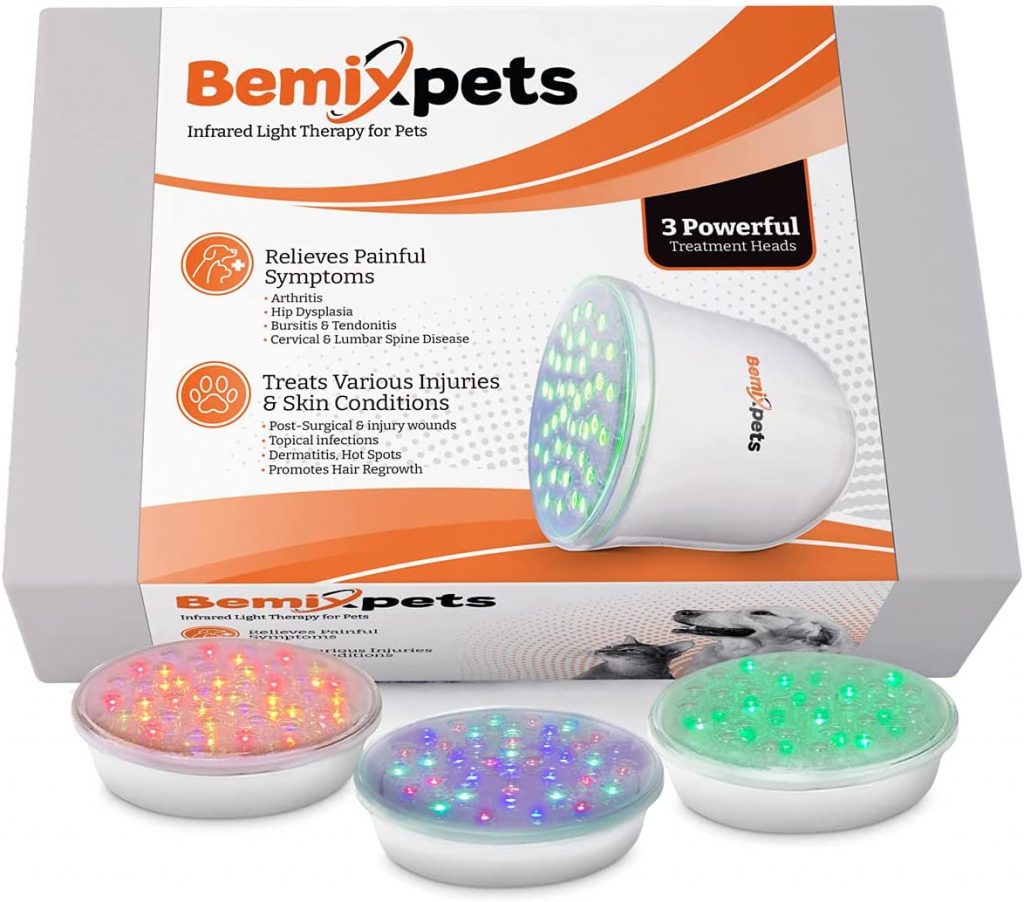Laser therapy in cats is a non-invasive, drug-free, surgery-free, and pain-free treatment for a broad range of feline health concerns. It is also non-toxic. Known as photo-bio-stimulation, the therapeutic laser is precisely engineered to allow deep-penetrating light to pass through it, causing a cascade of chemical reactions in the cells to occur.
With the metabolic process that the laser stimulates, the cells are stimulated to encourage healing, and endorphins are produced to help in pain relief. A laser treatment technique is carried out by a qualified veterinarian who has acquired specialized training in using this relatively new therapeutic approach, which is laser therapy.
Laser therapies are medical procedures that make use of concentrated light. In contrast to most other light sources, a laser (which stands for light amplification by stimulated emission of radiation) creates light tuned to certain wavelengths. This enables it to concentrate into powerful beams. Laser light has such high intensity that it may use to shape diamonds or cut steel, among other things.
In medicine, lasers enable surgeons to operate with significant accuracy by concentrating their attention on a tiny region of tissue, causing minimal damage to the surrounding tissue. Traditional surgery may cause more pain and edema, but laser treatment has the potential to reduce these after-effects even more. On the other hand, laser therapy may be pricey and need several sessions.
Jump to:
- Cats Undergo Laser Therapy Treatment
- Laser Therapy's Efficacy in the Treatment of Cats
- Cats Recovering after Laser Treatment
- Laser Therapy for Cats Is Expensive
- Factors to Consider When Using Laser Therapy for Cats
- Laser Therapy in Cats: How to Prevent It
- How Does Laser Therapy Help Cats?
- How Long Does the Treatment Take?
- Side Effects to Laser Treatment in Cats
- Understanding Laser Therapy and Your Cat: What You Should Know
- Laser Therapy for Cats to Help With Pain Reduction
- Laser Therapy Is Beneficial In a Variety of Situations
- Our Recommendation
Cats Undergo Laser Therapy Treatment
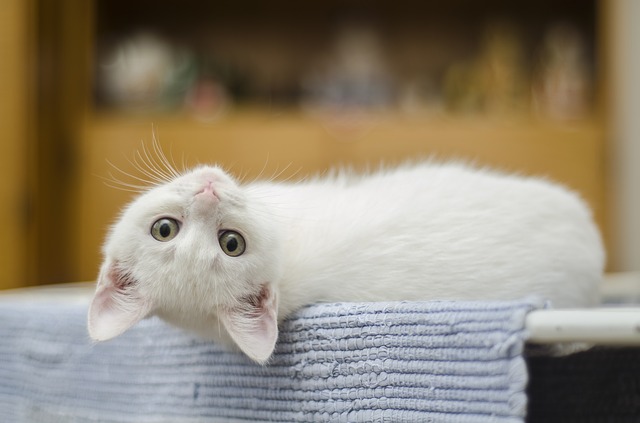
Before the laser therapy treatment, your cat's medical history will be examined, and the veterinarian will do a physical examination. Your vet may order blood tests and urinalysis for cats suffering from infectious diseases before administering laser treatment on your cat.
Laser treatment does not need anesthesia or the removal of the feline's hair. A technician will hold the cat in place during the procedure to ensure that the laser light is administered in the proper direction. This is a portable gadget that the veterinarian will carry for the duration of the session, which is typically between two and eight minutes in length, depending on the situation.
Laser light causes a warming sensation in the cat, which is generally considered to be pleasant by the majority of felines that experience it. Following the session's conclusion, a follow-up appointment will be organized, and your cat will be permitted to return home with you.
Laser Therapy's Efficacy in the Treatment of Cats
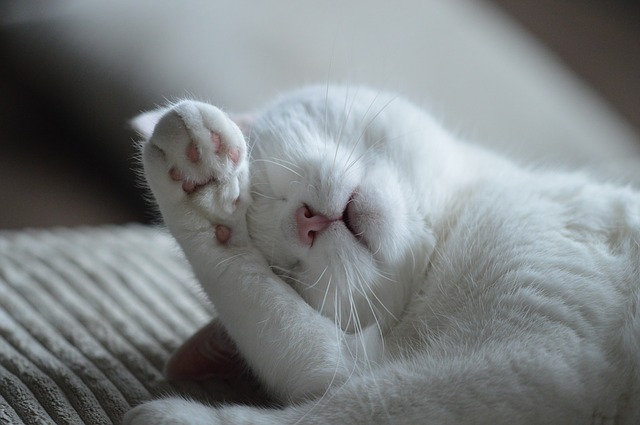
Laser treatment in cats is very successful in reducing pain, inflammation, and edema and speeding up the recovery process. Because laser treatments do not involve sedation, cat owners do not have to be concerned about anesthetic dangers.
Additionally, since laser treatments produce endorphins, felines often feel calmer after the session. Laser therapy is a quick-acting treatment, and the vast majority of cats will show indications of healing within 12-24 hours of receiving it.
Cats Recovering after Laser Treatment
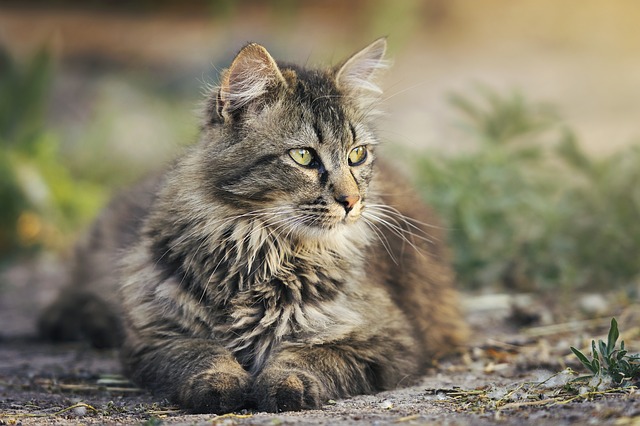
In most cases, laser treatment sessions for cats run between eight and twelve minutes, following which the cat may return to its home. The cats will generally show indications of recovery within 12-24 hours after the therapy, but it will take several sessions before the problem cure entirely.
Laser Therapy for Cats Is Expensive
Pet owners should expect to pay $30-$40 on average for a feline laser therapy session, but the cost might range up to $65 per treatment, depending on the kitty's specific demands. Depending on the number of treatments received, the duration of treatment. Whether or not any diagnostic investigations were carried out, the total cost of laser therapy treatment will be determined.
Factors to Consider When Using Laser Therapy for Cats
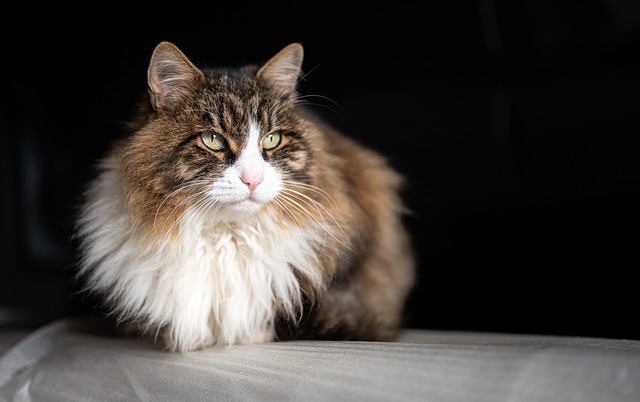
Treatment for acute feline diseases will continue until the problem is addressed; however, treatment for chronic feline problems will take repeated treatment sessions to be effective. Even though laser treatment has no known adverse effects, the kitty must wear protective eye gear throughout the procedure.
During the treatment session, the patient will require wearing specially made cat-eye goggles or a shield to protect their eyes from being damaged.
Laser Therapy in Cats: How to Prevent It
It is possible to avoid the need for laser treatment altogether by just keeping your cat safe and healthy. Numerous illnesses that may treat with laser treatment can be avoided by maintaining an overall healthy diet and regularly seeing the veterinarian. On the other hand, chronic feline health issues are difficult to avoid since the underlying cause of many feline health conditions is unclear.
How Does Laser Therapy Help Cats?
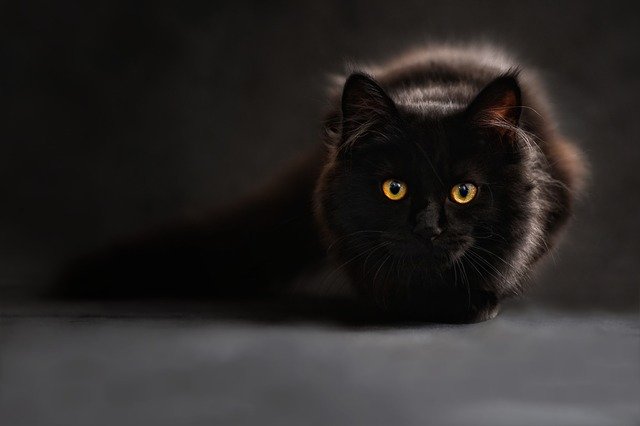
It is possible to utilize laser treatment for cats to cure a variety of diseases, including the following:
- Ulcers
- Injuries to the muscles, ligaments, and tendons
- Soft Tissue and Post-surgical trauma are two types of injuries that may occur.
- Open wounds
- Lower backache
- Neuromuscular illness (neuromuscular disease)
- Ear Infections,
- Gingivitis,
- Arthritis
Our veterinary treatment patients are primarily elderly animals suffering from musculoskeletal problems. If your cat is suffering pain or discomfort, or if they are exhibiting any of the below mentioned indicators, laser treatment may be beneficial for them:
- A decrease in alertness levels
- Limping
- Reduced urge to jump on things.
- The pet may cry
- Does not like to be picked up anymore.
- Limping
How Long Does the Treatment Take?
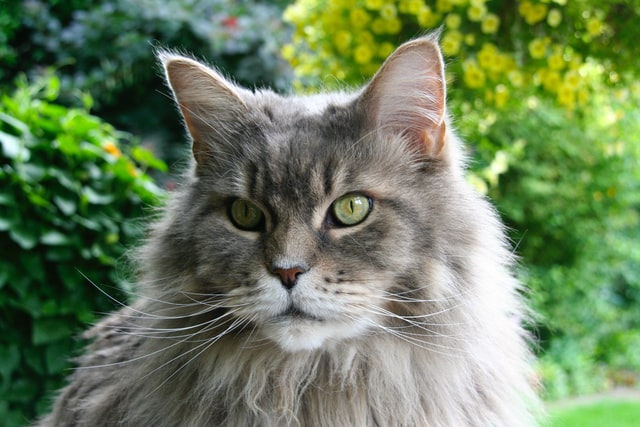
The time required for therapy is determined by the state of the patient and the condition’s severity. We use laser treatment on post-operative incisions to help with pain control and speed up the healing process. The majority of these treatments are onetime procedures. Other past laser treatment applications include wound care for ulcers and infections and wound healing for burns.
However, with persistent or severe pain, we will propose a sequence of therapies to alleviate the discomfort. The duration of the therapy may vary, but the majority will be between 3 and 8 minutes.
Our vets will choose the series duration depending on the severity of the ailment and the patient's reaction. Consider the following example: we may propose six weekly treatments for persistent low back pain. Some chronic illnesses, like Arthritis, may need continuing medications.
If the cat responds well to the laser treatment, it may become easier to keep their pain under control for some time. Laser therapy for cats is a cumulative process, which means that each successive treatment results in a more significant improvement in the cat's overall health.
Side Effects to Laser Treatment in Cats
In the veterinary sector, laser treatment for cats does not have any significant adverse effects and it is believed to be a very safe treatment.
Understanding Laser Therapy and Your Cat: What You Should Know
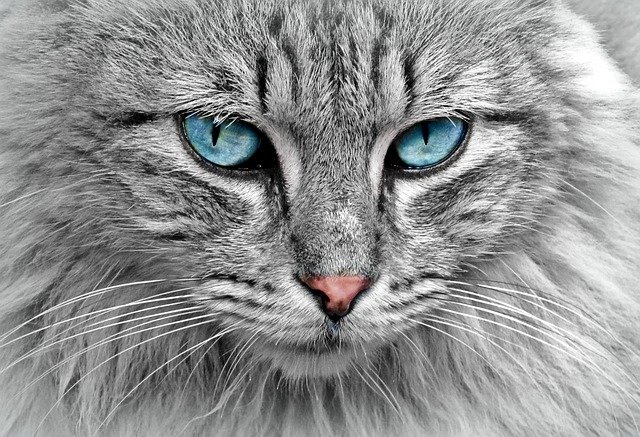
What If There Was A Painless And Practical Approach To Treating Your Cat? Wouldn't You Want To Be The First To Know? You Would, Without A Doubt!
It refers to as veterinary laser treatment, and it is non-invasive, non-surgical, and completely safe. Veterinarian laser treatment works by stimulating and accelerating your cat's inherent self-healing potential via the use of penetrating light.
Laser Therapy for Cats to Help With Pain Reduction
Cats with a wide range of health issues may benefit from a laser treatment, but first, let's look at how laser therapy might help cats with pain alleviation. There are three basic methods in which pain may be relieved:
1. Laser treatment dilates blood vessels and stimulates the lymphatic drainage system, among other things. Both bruising and inflammation decrease, and as a result, pain lessens.
2. It activates nerve cells that prevent the transmission of pain signals.
3. It promotes the creation of endorphins responsible for natural pain relief.
To help you see it more clearly, envision a little, hand-held wand that emits a faint glow of light. A medical practitioner will move it over the sore portions of your cat's body. The majority of pets relax because it causes the production of endorphins, which make them feel better. Several cats notice an instant improvement after just one or two treatment sessions.
Laser Therapy Is Beneficial In a Variety of Situations

Laser treatment may treat any form of pain, whether caused by an acute ailment such as a laceration or by a chronic illness such as persistent Arthritis. Treatment with laser treatment may be effective for various conditions, including post-surgical recovery, ear infections, and even dental disorders such as Gingivitis.
Along with improving your cat's neurological functioning and increasing their metabolism, it may also help them recuperate quicker.
Our Recommendation
A great approach is a Light therapy device from Bemix pets. Light therapy has been used as an alternative treatment in human medicine for over two decades. It has recently made its way into the veterinary world, where it is quickly gaining a reputation as a safe, gentle and effective treatment option. It is a safer and less expensive alternative to laser therapy equipment that you can use in your own home with just one session of therapy at your veterinarian’s office.
They have a coupon code if you follow our links.

